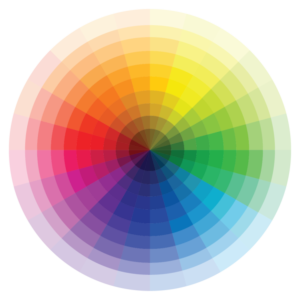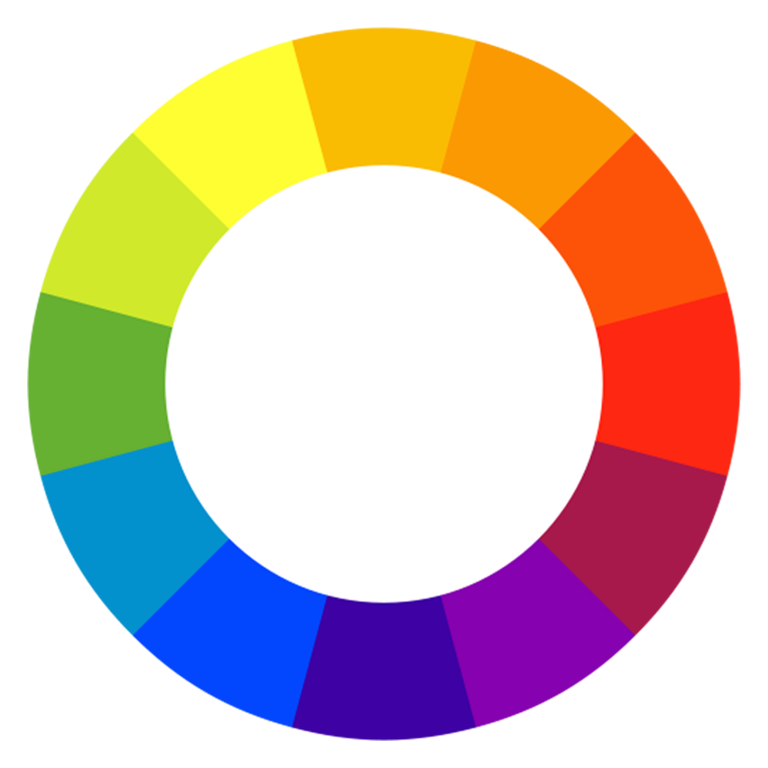In the realm of design, colors are more than just visual elements; they are the soul of creativity, shaping emotions and perceptions. This article embarks on a journey to uncover the profound allure of colors in design, illustrating how this palette of possibilities transcends mere aesthetics.
The Psychology of Color
Colors possess a unique ability to influence our emotions and perceptions. Warm tones like reds and yellows can evoke feelings of passion and energy, while cool blues and greens promote calmness and tranquility. Therefore, designers strategically leverage this psychology to set the mood and tone of a space or product.
Aesthetics and Visual Harmony
To add on, colors play a pivotal role in creating visual harmony. The careful selection and juxtaposition of hues can tell a story, guiding the viewer’s gaze and conveying a specific message. Designers often use contrasting colors to highlight focal points or complementary shades to establish a sense of balance and unity.

Branding and Identity
In the corporate world, colors are more than a visual treat; they are a crucial element of branding and identity. Recognizable brand colors become synonymous with a company’s values and personality, creating a lasting impression on consumers. Think about the iconic red of Coca-Cola or the vibrant blue of Facebook.
Cultural Influences on Color
Colors are deeply rooted in cultural symbolism. Red may symbolize luck in Chinese culture, while it signifies danger or passion in Western contexts. Understanding these cultural nuances is imperative for global design, ensuring that the chosen color palette resonates positively across diverse audiences.
Innovation in Color Technology
The allure of colors in design is further heightened by technological innovations. From vivid OLED displays to dynamic LED lighting, designers now have an expanded toolkit to play with. Interactive color-changing elements in architecture and product design redefine the boundaries of creativity.
Personal Expression in Design
For individual designers, the allure of colors lies in their ability to serve as a personal form of expression. The choice of color palette reflects the designer’s emotions, style, and message, creating a unique visual language that speaks directly to the audience.
Challenges and Considerations
While colors offer a spectrum of possibilities, their allure comes with challenges. Designers must navigate the delicate balance between boldness and subtlety, ensuring that the chosen colors resonate with the intended audience without overwhelming the senses.
Cultural Trends and Color Forecasting
In addition, designers often draw inspiration from cultural trends when selecting color palettes. Understanding the current zeitgeist allows for the creation of designs that feel relevant and timely. Color forecasting has become a crucial aspect of design, predicting the hues that will dominate the creative landscape in the coming seasons.
Environmental Sustainability in Color Choices
As awareness of environmental issues grows, designers are incorporating eco-friendly color choices into their work. Hence, the allure of sustainable design lies in the harmony between colors and the natural world, promoting a sense of responsibility and connection to the environment.
User Experience and Color Accessibility
Furthermore, colors impact accessibility in design, and considering users with color vision deficiencies is crucial. Therefore, designers are now placing a greater emphasis on creating color palettes that are inclusive and ensure a positive user experience for everyone.
Future Trends: Augmented Reality and Colors
With the rise of augmented reality (AR), the relationship between colors and user experience is evolving. AR technologies enable designers to create immersive experiences where colors interact with the user’s environment, adding a new dimension to the allure of colors in design.
Case Studies: Successful Colorful Designs
Disney, known for its magical world, strategically uses a vibrant and diverse color palette in its branding and theme parks. Hence, the playful combination of bright hues creates a joyful and immersive experience for visitors, reinforcing the brand’s whimsical identity.
Conclusion
In conclusion, in the ever-evolving landscape of design, the allure of colors remains a timeless and powerful force. Thus, from influencing emotions to shaping identities, colors transcend mere aesthetics, becoming an integral part of the storytelling process. So, the next time you find yourself chasing rainbows, remember that you are, in essence, chasing the boundless possibilities that colors bring to the canvas of design.

